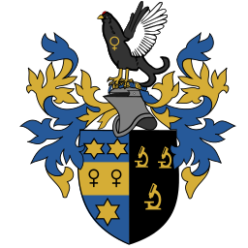Pb or not Pb? that is the question. Pb is the chemical symbol for lead, today I shall be talking about lead. Hilarious aren’t I? ( please don’t answer that).
I have a new baby to work on. You can see below that it has a patch of corrosion on the foot which has to be treated before if spreads. I shall treat it with a gentle rust remover, sand the area and prime before painting. Here’s the tricky bit – I like to use ingredients and techniques that are as authentic as possible. I am pretty sure that the original maker would have used a lead oxide primer. I can’t buy lead oxide primer and although I can buy lead oxide powder, it is very expensive and it’s not a clever thing to be working with. Also, the chances of me ingesting some are quite high, because I tend to lick things if I don’t have a damp cloth to hand. I shall be using a commercially available non-ferrous metals primer instead, it won’t show underneath the paint anyway. Interestingly, I can see brush marks in the original paintwork so they weren’t being all that fussy.

I shall be starting on it as soon as some brown paint pigments arrive from my chums at Ingilby. I need to mix my own paint for this one. For a bog standard black and chrome 1950s – 1970’s microscope I tend to use black enamel paint. either Japlac or a reasonably high temperature coach enamel, sometimes with lacquer on top, sometimes not. This baby is special, it is also much older than 1950 and painted brown not black. Below is my paint mixing kit: pigments, linseed oil, a large ground glass sheet and a muller. Hopefully the brown pigments will arrive tomorrow.


